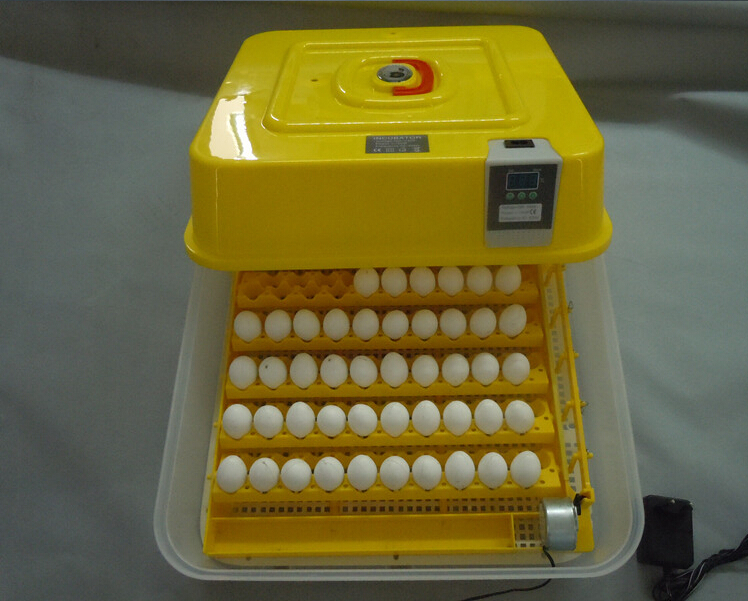

If food is in short supply, the smallestĪnd youngest will not be able to compete with the elder nestlings and so will die, and may even be eaten by their older siblings. When all the young have hatched they will be different ages and sizes. Consequently, all the young hatch at about the same time and compete for food on equal terms.īirds of prey, such as Tawny Owls, and some other species begin incubation as soon as the first egg is laid and will continue to lay eggs at two or three day intervals. In both these examples, all the eggs of a clutch are laid at daily intervals and the parent does not start incubating until the last egg has been laid. Other species, for example Blackbird, that have a more reliable, steady food supply will lay two or three clutches of a several eggs.

Consequently, they generally put "all their eggs in one basket" by laying a single, large clutch of eggs. Some species, such as the Blue Tit, feed their young almost exclusively on insect larvae, which are most abundant in early summer. Most eggs are egg-shaped, but owls' eggs tend to be spherical, and some species, such as cliff nesting sea birds, lay very pointed eggs that roll around in a circle instead of over the cliff-edge. The air sac increases in size during incubation and provides the mature chick with its first breath of air. Likewise, the waste products of respiration - carbon dioxide and water - pass out through the pores. The oxygen diffuses through the porous shell, which is a complex mesh of protein fibres and calcium carbonate (chalk). In addition to the yolk and albumen, the embryo requires only oxygen and warmth from the outside world. The chalaza is a twisted string-like structure that suspends the developing embryo in the albumen and also ensures that it remains above the yolk. The albumen is the embryo's water supply, but also assists the movement of gases from the embryo to the shell as well as providing some shock protection. The yolk is a fatty food store for the developing embryo. The chick, or embryo, develops from the germinal spot, which appears as a white spot on the yolk.


Site Map Album Info Quiz Shop Links About Bird Guide Barn Owl Blackbird Blackcap Black-headed Gull Black Redstart Blue Tit Brambling Bullfinch Buzzard Carrion Crow Chaffinch Chiffchaff Coal Tit Collared Dove Common Gull Coot Crested Tit Crossbill Cuckoo Dunnock Feral Pigeon Fieldfare Garden Warbler Goldcrest Goldfinch Goshawk Great Black-backed Gull Great Spotted Woodpecker Great Tit Greenfinch Green Woodpecker Grey Heron Grey Partridge Grey Wagtail Hawfinch Herring Gull Hoopoe House Martin House Sparrow Jackdaw Jay Kestrel Kingfisher Lapwing Lesser Black-backed Gull Lesser Spotted Woodpecker Lesser Whitethroat Linnet Little Owl Long-eared Owl Long-tailed Tit Magpie Mallard Marsh Tit Meadow Pipit Mistle Thrush Moorhen Nightingale Nuthatch Peregrine Pheasant Pied Flycatcher Pied Wagtail Quail Raven Red Kite Red-legged Partridge Redpoll Redstart Redwing Reed Bunting Ring-necked Parakeet Robin Rook Sand Martin Serin Short-eared Owl Siskin Skylark Song Thrush Sparrowhawk Spotted Flycatcher Starling Stock Dove Stonechat Swallow Swift Tawny Owl Treecreeper Tree Sparrow Turtle Dove Waxwing Whinchat Whitethroat Willow Tit Willow Warbler Wood Pigeon Wren Yellow Wagtail Yellowhammer


 0 kommentar(er)
0 kommentar(er)
